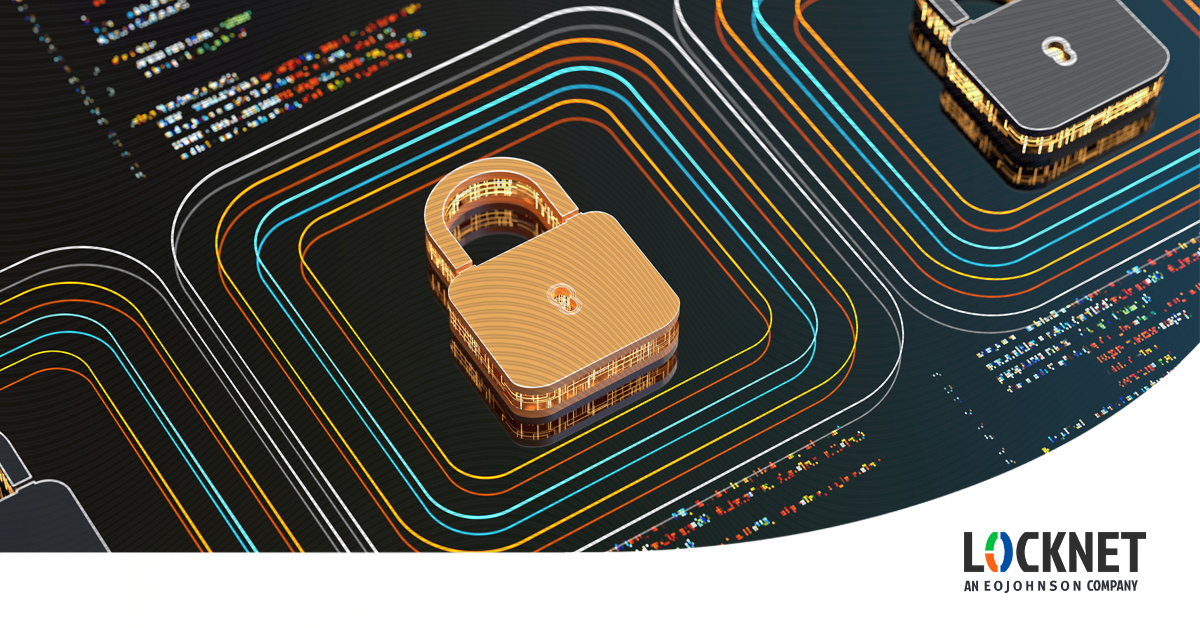Industries We Serve
World Class IT Support & Service
Real People. Right Now.
About Locknet® IT Services
From the first hello, the Locknet® team is dedicated to serving you and your needs.
Real People. Right Now.
From the first hello, the Locknet® team is dedicated to serving you and your needs.


Having several security tools in place is common and often recommended these days. As the threat environment grows and expands, having a multifaceted network security strategy is more important than ever. Defense-in-Depth can provide the robust security protections your network needs to address the many vulnerabilities that can put your data, your finances, your company's reputation, and even your entire business, at risk.
At Locknet® Managed IT, our experts often talk about the scale of cybersecurity risks in today's digital space, and how cyberattackers are growing increasingly more sophisticated with each attack and each passing day. The best network security partners know that protecting your network from attack isn't a one-and-done deal; it requires diligence and thoroughness. Thwarting cyber threats necessitate a strategy that goes beyond standard network protection in the corporate world. It calls for Defense-in-Depth.
What is Defense-in-Depth, and how can it help your company? Sometimes abbreviated as DiD, this strategy requires thoughtfully-arranged security strata to protect your company's data. DiD is a cybersecurity approach that includes layers of security so that if one measure fails, another will be in place to continue to provide network security. Some layers of protection may seem redundant, but they serve an important role in providing backup in the event that a security measure fails. An important aspect of a DiD strategy incorporates protections that address many different dimensions of a company. This can include:
With DiD, the chances of a security breach are reduced. Often traditional network security, or a single layer of security, comes up short in protecting data from attack. Add to that the increasing sophistication of attacks, and added layers of protection can give your network security team precious time to stop attackers in their pursuit of your data.
DiD and layered security are not the same things, though many people will use the terms interchangeably. With layered security, your organization has many protections in place for a specific part of your network security; it's likely both are necessary for protection, and there are differences between them. DiD assumes that no protection is failsafe. To protect your network, several barriers are put into place, even duplicative barriers, in case some of the security measures fail. This will slow an attack, and at times, prevent it, minimizing or eliminating the potential damage that is done.
Hackers and cyberattackers never take a day off, so having the right network security in place is essential to protecting your business. When it's time to take the next step in protecting your network, we can help. Contact us to learn more about how we can help you defend your network from the many threats that exist in the digital space today.
Managed IT

Onalaska, WI Waterloo, IA Wausau, WI Eau Claire, WI Burnsville, MN
You are now leaving locknetmanagedit.com. Please check the privacy policy of the site you are visiting.